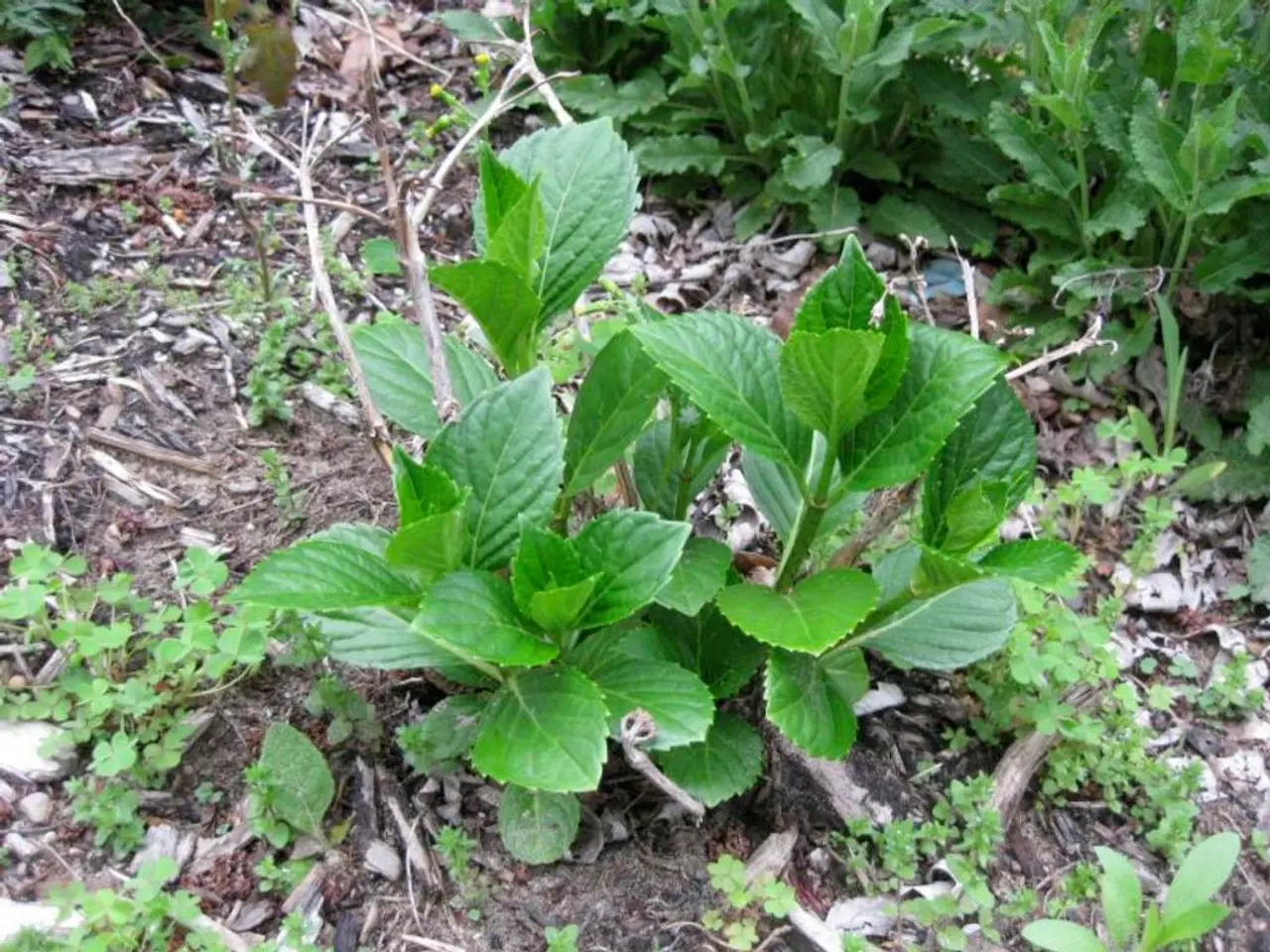Exploring the Advantages of Harvesting Herbs: Insights into its Importance and Proper Techniques
Subtitle: Learn how to cultivate bushier, more productive herb plants and extend your harvest season.
In the world of gardening, the art of pinching herbs is a simple yet effective technique that can significantly enhance the growth and productivity of your herb plants. By redirecting the plant's energy away from vertical growth and reproduction, pinching encourages the growth of more branches and leaves, resulting in a bushier, more bountiful herb garden.
The Basics of Pinching
To begin, it's essential to understand when and how to pinch your herbs. Start pinching your herbs when they are 4 to 6 inches (10 to 15 cm) tall and have at least four mature leaves on a stem. For basil, wait until the plant is at least 6 inches tall and remove tips whenever the stems have 6 to 8 leaves. Sage should be pinched when stems have at least 4 sets of leaves, and thyme requires regular tip removal and up to half of the length of stems as they get long.
Promoting Bushier Growth
Pinch back herbs such as basil, oregano, mint, sage, thyme, and rosemary, and you'll notice they grow more bushy, with reduced legginess. This vigorous branching increases leaf production, which extends the harvest period before the plant shifts focus to flowering and seed production.
The Science Behind Pinching
Pinching works by signalling dormant buds to grow into two lateral stems. When you pinch off the top set of leaves or flower buds early and regularly, it encourages the herb to grow multiple lateral branches, resulting in a fuller, shrubbier plant.
Flavor and Harvest
For most herbs, it's important to pinch off flowers as soon as they develop to keep energy in leaf production and ensure the leaves still have a good flavor. Removing flowers as soon as they appear also prevents the plant from diverting resources to seed formation, maintaining leaf flavor and quantity, thereby prolonging harvest opportunities.
Exceptions to the Rule
When growing lavender, it's often not recommended to harvest the leaves, so you can just let it grow and stop pinching at the end of the season to get flowers and collect seeds.
Expert Advice
Mary Ellen Ellis, a gardening expert with over 20 years of experience specializing in flowers, native plants, and herbs, suggests that regularly pinching herbs throughout the growing season is crucial for maintenance and to harvest leaves for use. She emphasizes the importance of removing no more than one-third of a herb's growth at a time to keep plants healthy and thriving.
Conclusion
Pinching back herbs is a valuable technique for gardeners looking to promote bushier growth, extend their harvest season, and enjoy the benefits of a thriving herb garden. Whether you're growing basil, oregano, mint, sage, thyme, rosemary, or lavender, understanding how and when to pinch your herbs will help you cultivate a more productive, flavourful, and aesthetically pleasing herb garden.
[1] Ellis, M. E. (2020). The Complete Guide to Growing Herbs: From Basics to Advanced Techniques. Timber Press.
[2] Hemenway, T. (2019). The Thyme Garden: A Practical Guide to Cultivation, Propagation, and Uses. Timber Press.
[3] Llewellyn, D. (2018). The Herb Garden: A Complete Guide to Growing, Cooking, and Using Herbs. DK.
[4] Koppel, R. (2017). The Edible Herb Garden: How to Grow, Harvest, and Use 100 Delicious Herbs. Cool Springs Press.
[5] Smith, J. (2016). The Herb Lover's Spice Garden: Cultivating and Cooking with 50 Exotic and Unusual Herbs. Timber Press.
Incorporating the pinching technique can help transform your home-and-garden, particularly in the home-and-garden lifestyle category, as it promotes bushier growth in herbs such as basil, oregano, mint, sage, thyme, and rosemary. This, in turn, increases leaf production, extending the harvest period and enhancing the overall productivity of your herb plants.
By regularly pinching back herbs during the growing season, you're not only encouraging bushier growth but also ensuring the leaves retain their flavor longer and the harvest season is extended. This technique is crucial for maintaining a thriving herb-home-and-garden, as suggested by Mary Ellen Ellis, a gardening expert specializing in herbs.






